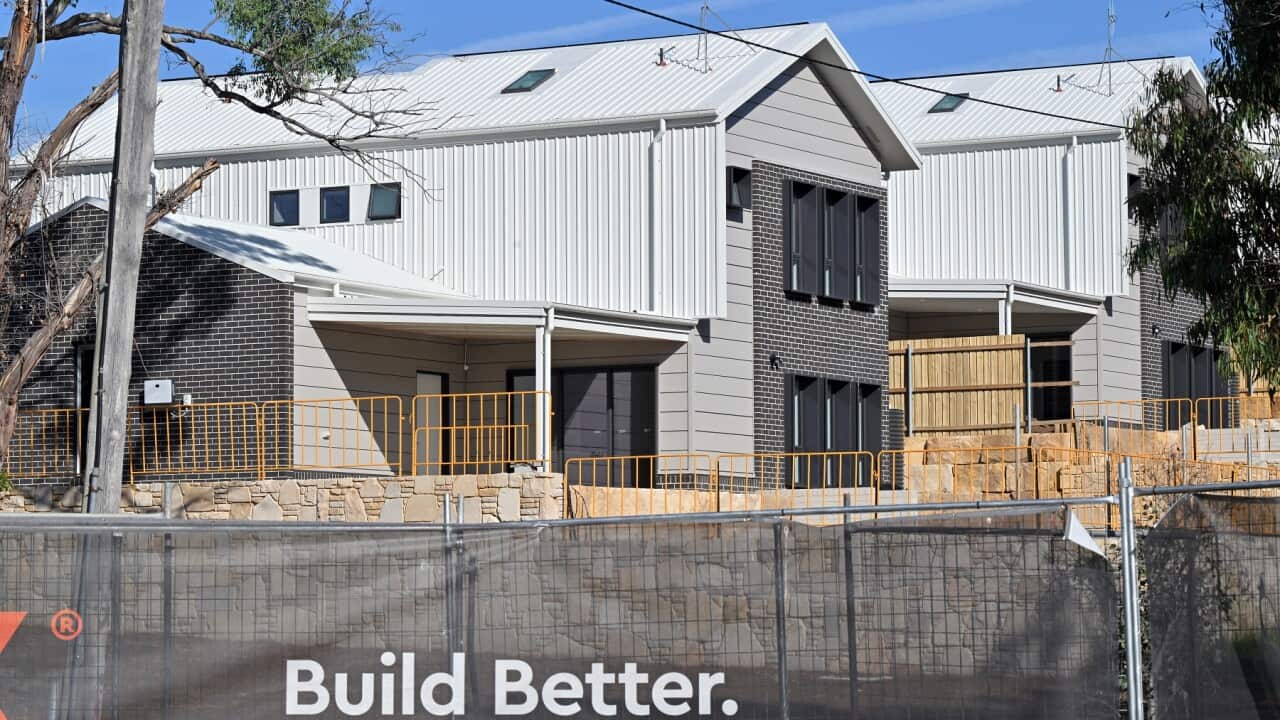Italian
Il settore dell’assistenza agli anziani è uno dei tanti colpiti severamente dalla chiusura dei confini.
La carenza di personale è diventata un problema.
E mette pressione sul personale rimasto, fino al punto in cui queste persone iniziano a lasciare l’industria.
Un vero esodo di lavoratori stremati, come ha spiegato il direttore di Anglicare Sydney, Simon Miler.
"There's been a report recently that there's around 65 000 workers leaving the sector every year. We are not immune from that. It's been a tough time and we need to fill the gaps, and international workers are one important ways to fill these gaps"
L’arrivo di più migranti qualificati potrebbe fermare la spirale discendente.
Miller ha aggiunto che la situazione richiede un nuovo tipo di visto specifico per risolvere la crisi nel sistema sanitario.
"We would be very keen to see the government support the sector with specific visas for added care. There will be a demand for more workers in the sector. And that means we need more international workers. We need a specific visa introduced in order to help fill that gap."
Sembra che il governo stia considerando un innalzamento del limite di arrivi di immigrati e stia discutendo un numero superiore a 200mila unità.
Il ministro dell’occupazione Brendan O'Connor ha parlato di questo impegno per risolvere la carenza di forza-lavoro.
"We're open to making sure we supply labour and skills in this country. In fact according to the OECD (Organisation for Economic Co-operation and Development) Australia has the second highest labour shortage in the developed world, amongst OECD countries. For that reason we have to find whatever means possible to provide skills to our labor market."
Prima della pandemia, l’immigrazione era limitata a 190mila persone.
Il numero è sceso a 160mila nel 2019.
È rimasto a questo livello da allora.
Questo numero non è il numero netto dell’immigrazione, che è la differenza tra i migranti arrivati e quello dei lavoratori che lasciano il Paese.
E durante la pandemia il numero netto è andato in territorio negativo.
O'Connor ha sottolineato l’importanza non soltanto di attrarre nuovi lavoratori con competenze specifiche in Australia, ma anche di mantenere quelli che sono già qui.
"Two things: one obviously is to allow people to come to this country with their acute skill shortages, and two providing temporary visa holders a pathway to permanent residency that gives them, obviously, an opportunity".
La condizione dei lavoratori immigrati e di coloro che hanno visti temporanei sono una preoccupazione per i sindacati, che tengono sott’occhio la situazione per assicurarsi che i lavoratori stranieri non siano ridotti ad essere un’alternativa più economica dei lavoratori locali.
Michele O'Neill del Consiglio Australiano dei sindacati lo ha spiegato.
"The first thing we have to check is whether it's a skills shortage or whether it's a shortage of jobs with fair wages and conditions. Too often employers claim a shortage, but really, as we know, we've seen way too many temporary workers exploited and not given the wages and conditions that should be paid in Australia"
Il governo vede questo come un investimento a lungo termine per rinforzare l’economia, anche se ha un impatto a breve termine sul budget.
Il mese prossimo, il governo terrà un summit sul lavoro, nel quale il limite all’immigrazione sarà uno degli argomenti-chiave che verranno discussi.
Il leader dell’opposizione Peter Dutton è l’unico capo di partito che si è rifiutato di sedere al tavolo, sostenendo di considerare inutile questa conferenza.
English
The aged care sector is one of several that have been hit severely by border closures.
Staff shortages have become a concern.
And it puts pressure on the remaining staff, to the extent they start leaving the industry.
A real exodus of burned out workers, as explained by CEO of Anglicare Sydney Simon Miler.
"There's been a report recently that there's around 65 000 workers leaving the sector every year. We are not immune from that. It's been a tough time and we need to fill the gaps, and international workers are one important ways to fill these gaps"
The arrival of more skilled migrants could stop the downward spiral.
And Mr Miller adds it warrants a new type of visa aimed at solving the crisis in the healthcare system.
"We would be very keen to see the government support the sector with specific visas for added care. There will be a demand for more workers in the sector. And that means we need more international workers. We need a specific visa introduced in order to help fill that gap."
The government appears to be considering a rise in the migration cap and discussing a figure of up to 200,000 places.
Employment Minister Brendan O'Connor talking about this commitment to solve labour shortage.
"We're open to making sure we supply labour and skills in this country. In fact according to the OECD (Organisation for Economic Co-operation and Development) Australia has the second highest labour shortage in the developed world, amongst OECD countries. For that reason we have to find whatever means possible to provide skills to our labor market."
Before the pandemic, migration was capped at 190,000 places.
That figure dropped in 2019 to 160,000.
It has remained at this level since.
This doesn't account for net migration, which is the number of migrants coming in minus the number of workers leaving the country.
And during the pandemic net migration entered into negative territory.
Mr O'Connor stresses out the importance to not only attract new skilled workers in Australia, but also to retain those who are already there.
"Two things: one obviously is to allow people to come to this country with their acute skill shortages, and two providing temporary visa holders a pathway to permanent residency that gives them, obviously, an opportunity".
The status of migrant workers and those holding temporary visa is a concern for Unions, who keep an eye on ensuring international workers are not reduced to a cheaper alternative to local workers.
Michele O'Neill of the Australian Council of Trade Unions explains.
"The first thing we have to check is whether it's a skills shortage or whether it's a shortage of jobs with fair wages and conditions. Too often employers claim a shortage, but really, as we know, we've seen way too many temporary workers exploited and not given the wages and conditions that should be paid in Australia"
The government sees it as a long-term investment to boost the economy, even if it has a short term impact on the budget.
Next month, the government will hold a Jobs and Skills Summit, where the migration cap will be one of the key items addressed.
Opposition Leader Peter Dutton is the only party leader that has rejected a seat at the table, saying he sees the conference as useless.
Report by Julien Oeuillet




